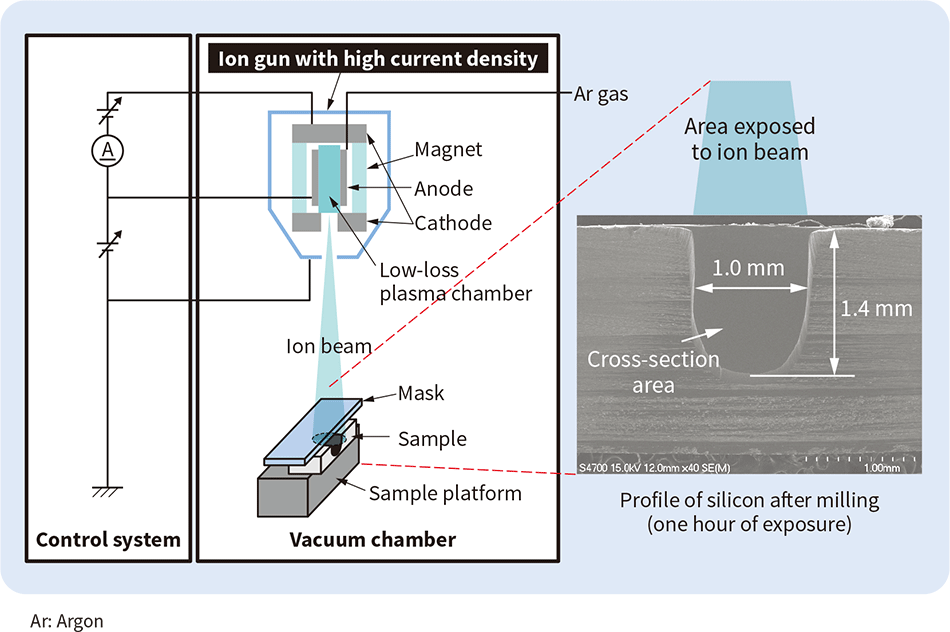1. Smart Factory Solution
1. Screen for reviewing sales, profit, and inventory levels at factories, warehouses, retailers, and other points along the SC
A response is needed to the larger scale of supply chains (SCs) and the trend toward producing a wider range of products in variable production runs that has come with the globalization of production and shorter product cycles due to changing customer needs. To do so, Hitachi has developed solution technology for maintaining efficient operations by using a cyberspace model of the SC to make dynamic adjustments to production plans and SC strategies in a changing commercial environment.
The main features of this technology are as follows.
- Automatic operation for SCs than span thousands of sites, with stock movement instructions being issued based on current conditions, and automatic learning of optimal inventory level combinations for different supply and demand conditions.
- Dynamic production planning for production lines based on highly accurate production forecasting with automatic learning of work times from Internet of Things (IoT) data on things like production conditions and past performance.
The use of this technology for assembly operations and logistics has demonstrated its ability to reduce inventory levels and improve on-time delivery rates. Hitachi intends to proceed with the commercial roll-out of smart factory solutions that utilize its Lumada IoT platform.











